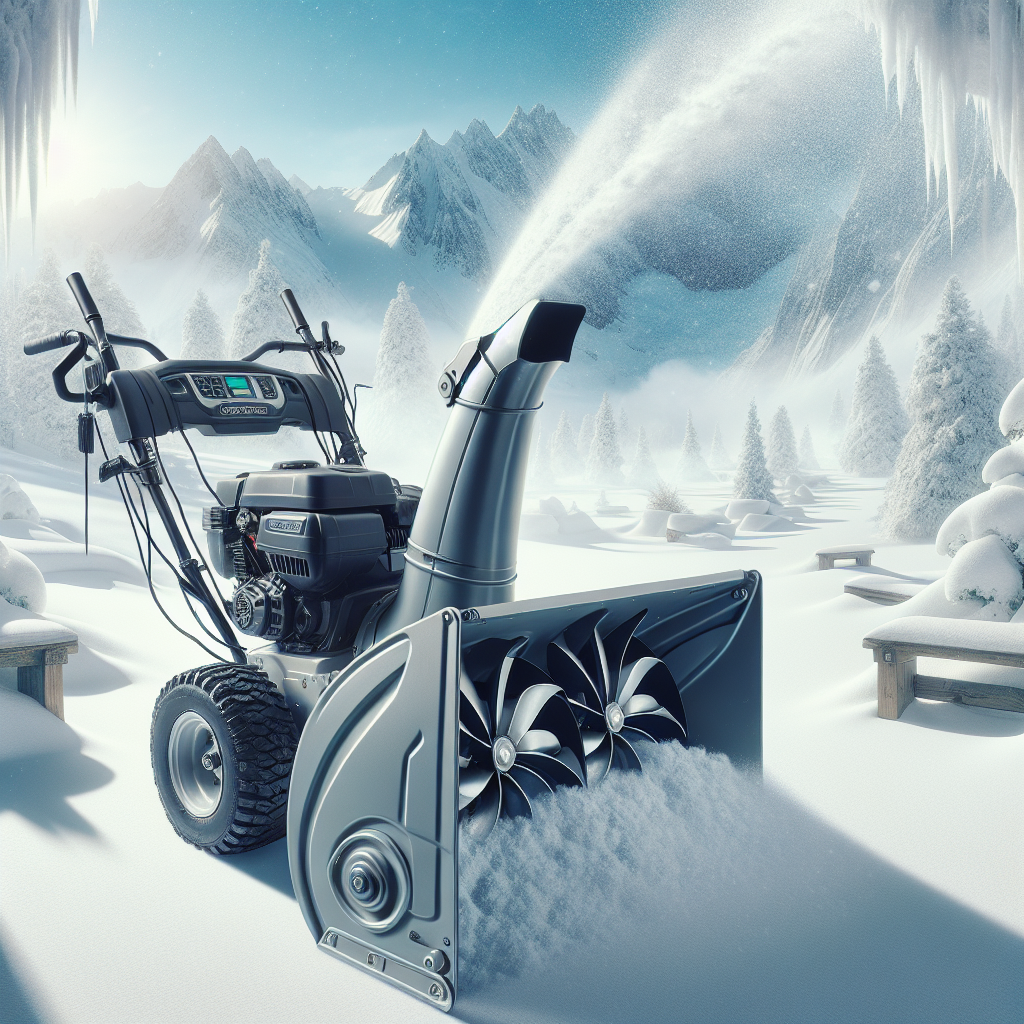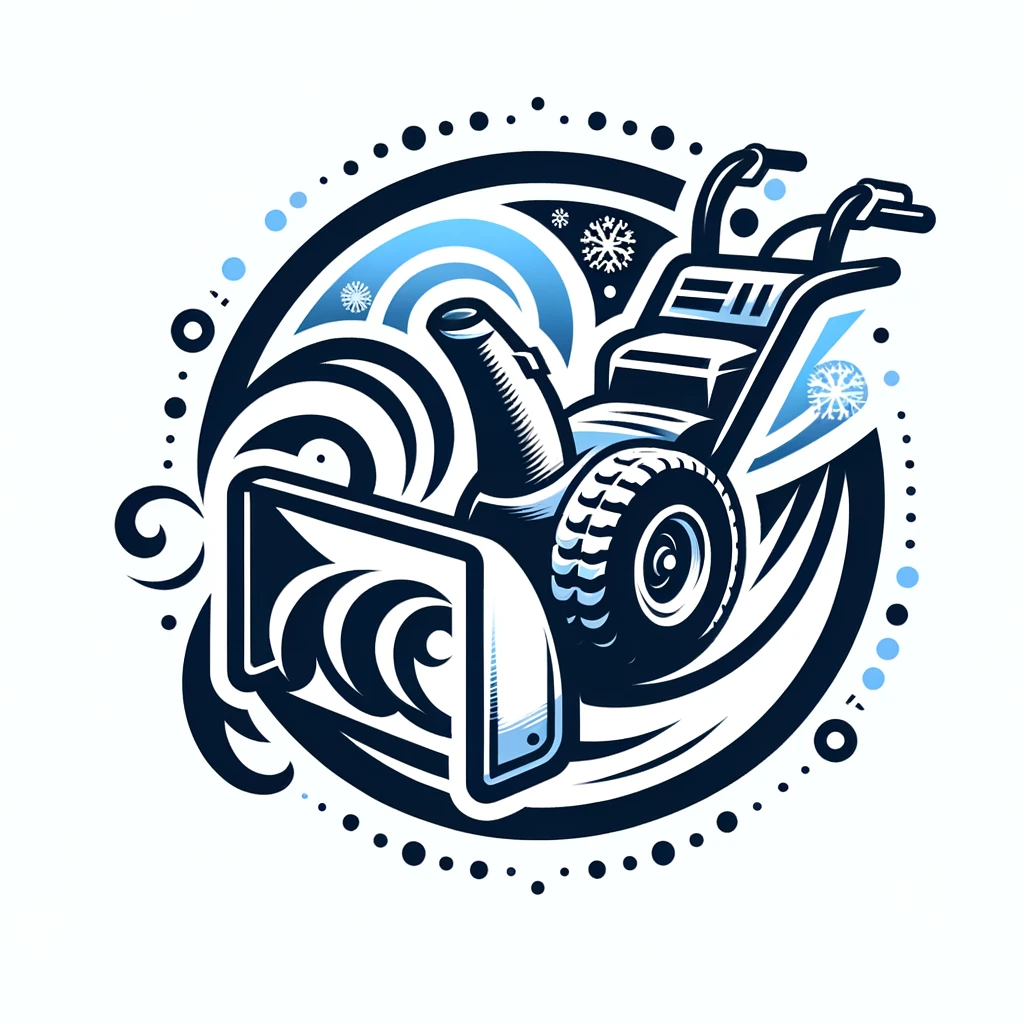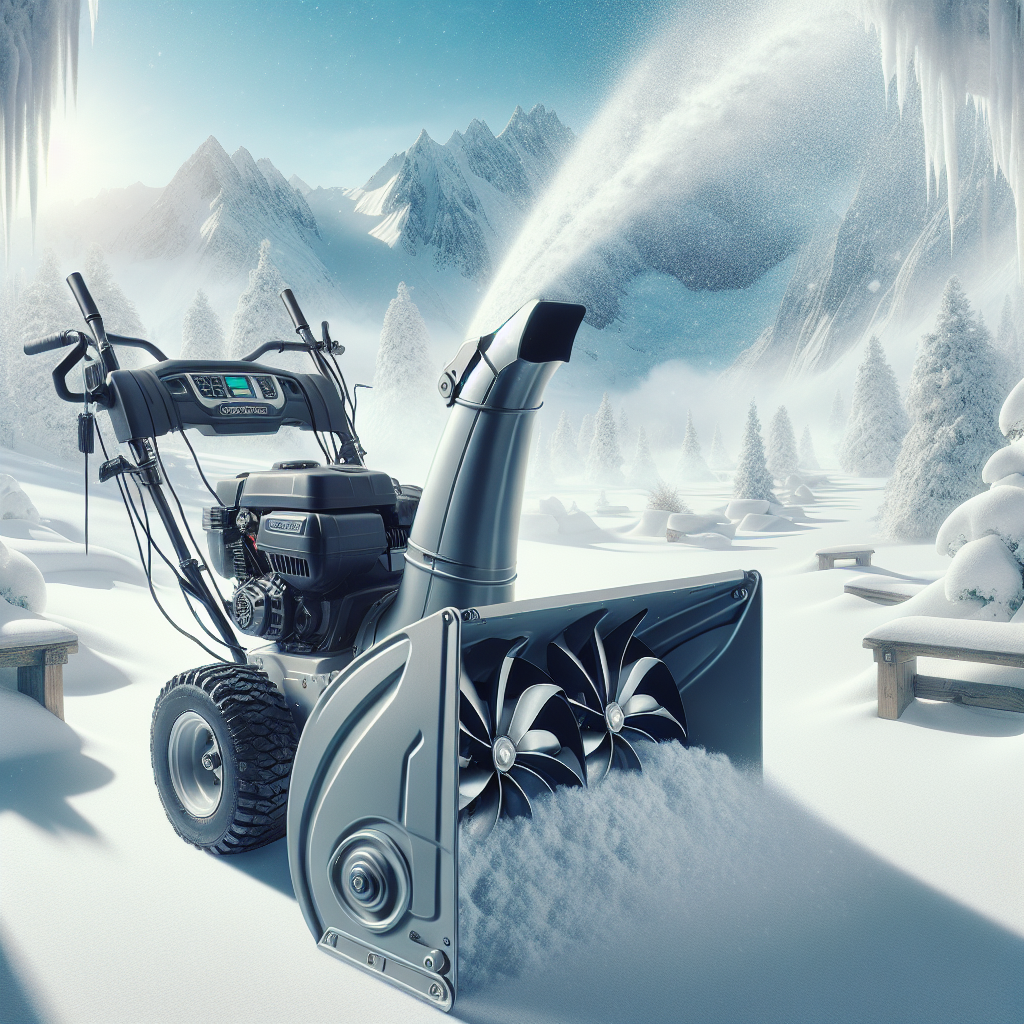Are you tired of shoveling snow from your driveway every winter? Look no further, because in this article, we will explore the question that has been on everyone’s mind: “Which stage snow blower is best?” With winter just around the corner, it’s crucial to find the perfect snow blower that suits your needs. Whether you’re dealing with light dustings or heavy snowfalls, we will help you make an informed decision so that you can tackle the snow with ease. Get ready to bid farewell to back-breaking manual labor and embrace the convenience of a stage snow blower.

Considerations for Choosing a Snow Blower
Snowfall Amount: When choosing a snow blower, one important factor to consider is the amount of snowfall you typically experience in your area. If you live in an area that receives heavy snowfall, a more powerful snow blower may be necessary to effectively clear your driveway and walkways. On the other hand, if you only receive light snowfall or have a smaller clearing area, a less powerful snow blower may suffice.
Terrain: The terrain of your property is another crucial consideration. If you have a flat and even driveway, a single-stage snow blower may be suitable. However, if you have a steep or uneven driveway, a two-stage or three-stage snow blower may be more appropriate. These types of snow blowers are designed to handle more challenging terrains and provide better traction.
Budget: Your budget is also a significant factor to consider. Snow blowers can vary widely in price, so it’s essential to determine how much you’re willing to spend. Single-stage snow blowers are generally the most affordable option, followed by two-stage snow blowers, and then three-stage snow blowers, which are typically the most expensive. However, it’s important to consider the features and performance you need rather than solely focusing on price.
Storage Space: The amount of storage space you have available should also be taken into account. Snow blowers can be quite bulky, so ensure you have enough room to store your chosen model. Single-stage snow blowers are typically the most compact and therefore require less storage space. Two-stage and three-stage snow blowers, due to their larger size and additional components, may require more storage space.
Single-Stage Snow Blowers
How They Work: Single-stage snow blowers work by using an auger to scoop up the snow and throw it out through a discharge chute. The auger also propels the snow blower forward, making it self-propelled and easier to maneuver.
Advantages: One of the main advantages of single-stage snow blowers is their affordability. They are generally more budget-friendly compared to two-stage and three-stage models. Additionally, single-stage snow blowers are typically lightweight and easy to handle, making them suitable for smaller areas and less challenging terrains.
Disadvantages: While single-stage snow blowers are economical and convenient for light snowfall and smaller areas, they may struggle with heavy or wet snow. The auger design can sometimes clog when facing these conditions, requiring manual clearing. They also have a limited throwing distance, which may not be sufficient for larger driveways or properties.
Best Use Cases: Single-stage snow blowers are best suited for areas with light to moderate snowfall and smaller clearing areas. If you have a flat or gently sloping driveway and sidewalks, a single-stage snow blower can efficiently handle the job. They are particularly useful for homeowners who want an affordable and easy-to-use option for clearing snow.
Two-Stage Snow Blowers
How They Work: Two-stage snow blowers operate using an auger that scoops up the snow and a separate impeller that throws the snow out through the chute. The auger breaks up the snow, and the impeller propels it out at a greater distance.
Advantages: Two-stage snow blowers have several advantages over their single-stage counterparts. They are more powerful and can tackle heavier and wetter snow with ease. The addition of an impeller allows for a longer throwing distance and, in turn, makes them suitable for larger properties. Two-stage snow blowers also have adjustable auger heights, allowing them to handle uneven surfaces.
Disadvantages: While two-stage snow blowers offer increased power and throwing distance, they are larger and heavier than single-stage models. This can make them more challenging to maneuver, especially in tight spaces. They may also require more storage space due to their larger size.
Best Use Cases: Two-stage snow blowers are ideal for areas that experience larger snowfalls and have larger clearing areas. If you have a long driveway, live in an area with heavy snowfall, or need to clear snow from various terrains, a two-stage snow blower is a reliable choice. They are suitable for homeowners who prioritize performance and need a more robust machine to handle challenging snow conditions.
Three-Stage Snow Blowers
How They Work: Three-stage snow blowers are the most powerful and efficient snow removal machines. They feature an auger that breaks up the snow, an accelerator that increases the speed of snow removal, and an impeller that propels the snow out through the chute.
Advantages: The primary advantage of three-stage snow blowers is their exceptional clearing power. They can handle large and compacted snow piles due to the addition of the accelerator, making them highly efficient. Three-stage snow blowers also have a more substantial throwing distance, making them suitable for properties with long driveways or areas that require snow to be cleared far away.
Disadvantages: As the most robust type of snow blower, three-stage models tend to be the most expensive. Their larger size and additional components can make them more unwieldy and challenging to maneuver, especially in tight spaces. They may also require a significant amount of storage space and more maintenance than single-stage or two-stage snow blowers.
Best Use Cases: Three-stage snow blowers are ideal for areas that experience heavy and densely packed snowfalls. If you have a large property or need to clear snow from a commercial property, a three-stage snow blower is the most efficient choice. They are suitable for homeowners who prioritize performance and are willing to invest in a high-powered snow removal machine.
Comparing Performance and Clearing Width
Single-Stage Snow Blowers: Performance-wise, single-stage snow blowers are best suited for light to moderate snowfall. They typically have a clearing width ranging from 18 to 22 inches, making them suitable for smaller areas. Their throwing distance can vary, but it is generally around 20 feet.
Two-Stage Snow Blowers: Two-stage snow blowers offer improved performance compared to single-stage models. They have a clearing width ranging from 22 to 30 inches, allowing for quicker snow removal. The throwing distance of two-stage snow blowers can reach up to 45 feet, making them ideal for larger properties.
Three-Stage Snow Blowers: Three-stage snow blowers provide superior performance and efficiency. With a clearing width that can range from 24 to 45 inches, they can clear snow at an impressive pace. The throwing distance for three-stage snow blowers can exceed 50 feet, ensuring efficient snow removal on even the largest properties.
Clearing Capacity and Snow Depth
Single-Stage Snow Blowers: Single-stage snow blowers can handle snow depths of up to 9 inches. While they are efficient at clearing light and fluffy snow, they may struggle with deeper or heavy snow accumulation.
Two-Stage Snow Blowers: Two-stage snow blowers have a greater clearing capacity than single-stage models. They can handle snow depths of up to 16 inches, making them suitable for various snowfall conditions.
Three-Stage Snow Blowers: Three-stage snow blowers offer the highest clearing capacity. They can handle snow depths of up to 20 inches or more, efficiently removing even the heaviest snowfall.
Maneuverability and Ease of Use
Single-Stage Snow Blowers: Single-stage snow blowers are generally lightweight and easy to maneuver. They have smaller frames, making them agile and suitable for maneuvering in tight spaces.
Two-Stage Snow Blowers: Two-stage snow blowers are heavier and larger than single-stage models, which can affect their maneuverability. However, they compensate for this with improved traction and steering options, such as power steering, making them easier to handle.
Three-Stage Snow Blowers: Three-stage snow blowers are the largest and heaviest of the three types. Their size can make them less maneuverable, particularly in smaller areas. However, they often feature additional features like power steering and improved traction control to aid in maneuverability.
Maintenance and Durability
Single-Stage Snow Blowers: Single-stage snow blowers are generally easy to maintain and have fewer parts to service. They are designed for lighter use and may not be as durable as the more heavy-duty two-stage and three-stage models.
Two-Stage Snow Blowers: Two-stage snow blowers require regular maintenance, including oil changes, spark plug replacements, and belt adjustments. However, they are typically built with more durable components and can withstand heavier use.
Three-Stage Snow Blowers: Three-stage snow blowers also require regular maintenance to keep them in optimal condition. With their increased power and performance, they have more complex systems that may require additional maintenance. However, they are constructed with robust materials and components, ensuring long-term durability.
Noise Level and Emission
Single-Stage Snow Blowers: Single-stage snow blowers generally have lower noise levels compared to two-stage and three-stage models. They are designed with smaller engines, resulting in quieter operation. In terms of emissions, single-stage snow blowers are also more environmentally friendly.
Two-Stage Snow Blowers: Two-stage snow blowers tend to have higher noise levels compared to single-stage models. The increased power and performance require more substantial engines, which can result in louder operation. In terms of emissions, they are generally compliant with environmental regulations.
Three-Stage Snow Blowers: Three-stage snow blowers can be the loudest of the three types due to their larger engines. The powerful nature of these machines may result in more noise during operation. Similar to two-stage models, they are designed to meet emissions standards.
Price Range and Value for Money
Single-Stage Snow Blowers: Single-stage snow blowers are the most affordable option, with prices ranging from $200 to $800 on average. They provide excellent value for homeowners who require a budget-friendly snow removal solution for light snowfall.
Two-Stage Snow Blowers: Two-stage snow blowers are priced higher than single-stage models, typically ranging from $600 to $2,000. While they may be more costly, they offer increased power and clearing capabilities, making them a worthwhile investment for homeowners with larger properties or heavier snowfall.
Three-Stage Snow Blowers: Three-stage snow blowers are the most expensive, with prices ranging from $1,500 to $3,000 or more. Although they come at a premium cost, they are the most powerful and efficient option for snow removal, making them ideal for homeowners who prioritize performance and durability.
In conclusion, choosing the right snow blower depends on a variety of factors, including snowfall amount, terrain, budget, and storage space. Single-stage snow blowers are affordable and suitable for light snowfall and smaller areas. Two-stage snow blowers offer increased power, throwing distance, and clearing width, making them suitable for larger properties and heavier snowfall. Three-stage snow blowers provide the highest level of performance and clearing capacity, making them ideal for areas with heavy and compacted snow. Consider your specific needs and preferences to make an informed decision and ensure efficient snow removal throughout the winter season.

